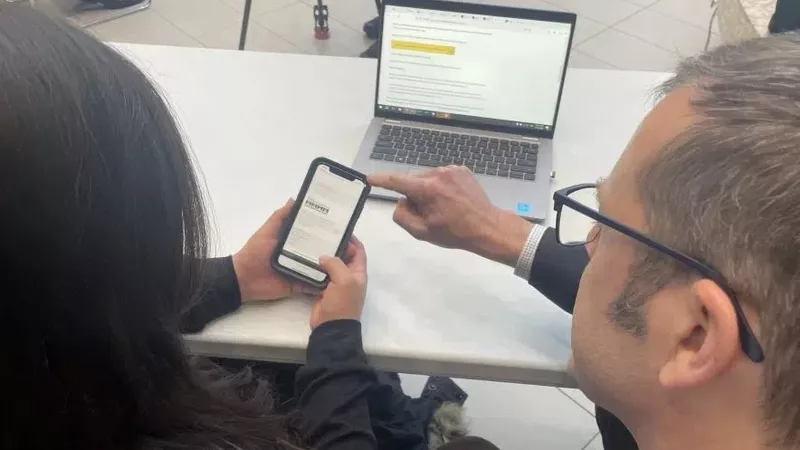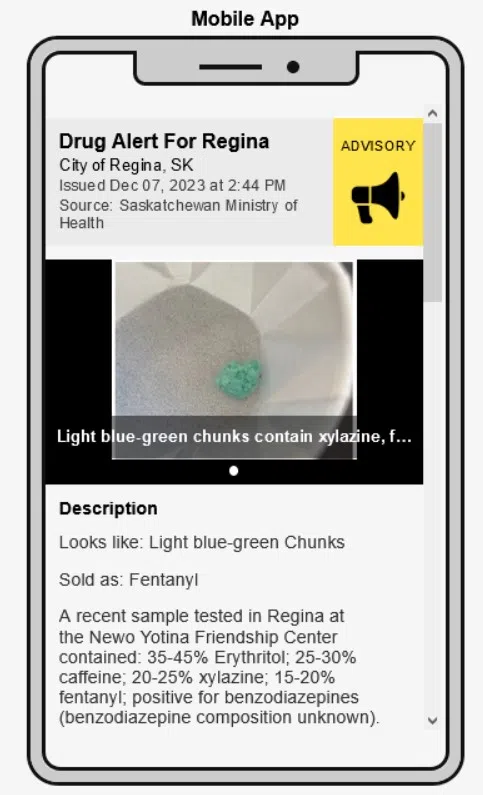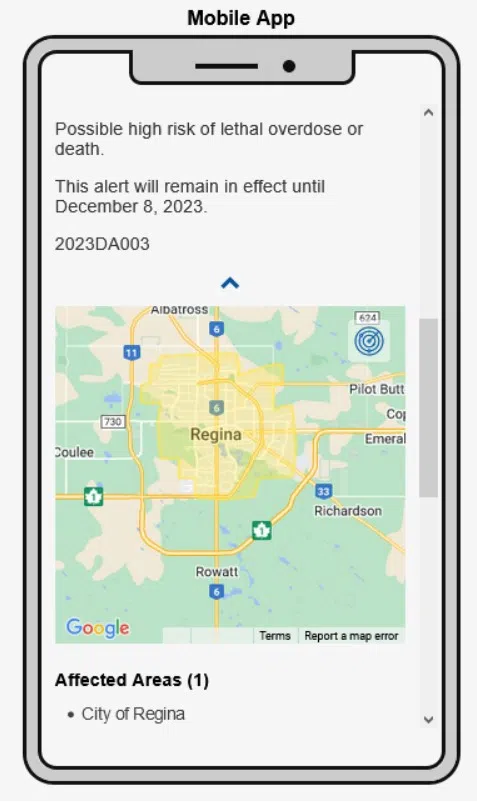
Saskatchewan activates Provincial Drug Alert System
With Saskatchewan poised to set another annual record for overdose deaths, several agencies have taken a step they hope will re-emphasize the dangers of illicit drug use in the province.
On Thursday, the Saskatchewan Drug Task Force (SDTF) launched the new Provincial Drug Alert System, which will communicate directly to at-risk people and their families.
“This is another great tool that we have to help educate the public about the dangers of illicit drug use,” Tim McLeod, the province’s mental health and addictions minister, told reporters during a media conference in Regina.
“We know that the drugs circulating are toxic, they’re lethal, and this is another way that we can get really the message out to the community from a reliable source that these dangers exist and warn the public about the risks associated with use of these drugs.”





